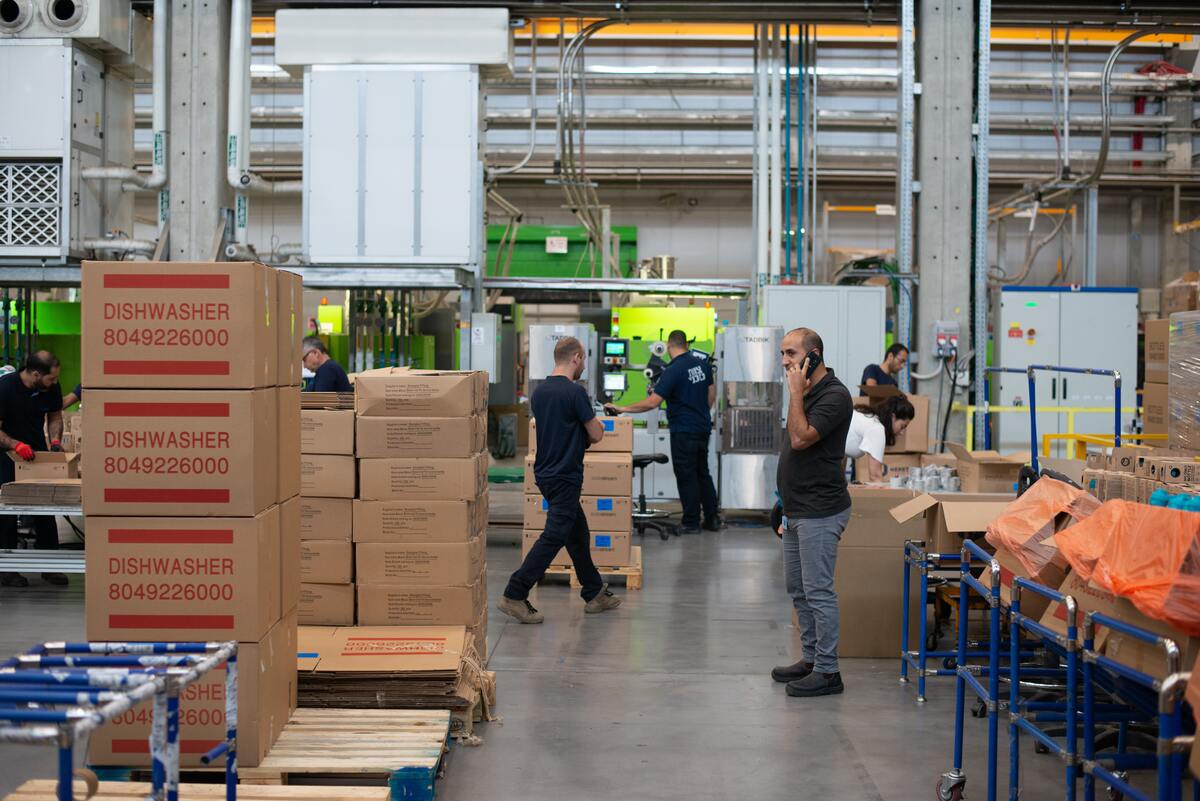The warehouse industry is an essential field in the business world. You will find that most enterprises and companies will look to secure the service for their operations, making it an attractive venture for entrepreneurs who have the resources to accomplish it.
However, running a warehouse is more than providing clients with the establishment to house their products and supplies. You will have to partner with many businesses to enjoy profits that make warehousing an ideal career. The situation means you will be handling thousands to millions of items. Your clients expect you to be professional with storing and delivering the bulk of products they entrust under your supervision.
Your employees will play a critical role in the warehouse organization. However, you will find that they require assistance from equipment to ensure they can handle the daily demands of your business operations. Here are the different types of tools they need for the job.
The Inventory Controllers
The primary selling point of a warehouse is organization. You will find that clients will be dumping thousands of products into your establishments, and you will have to cater to multiple businesses during the process. With so many items to be responsible for, you will have to ensure that you have the space to store them. However, they have to be in positions that make it easier for you to identify which products belong to which client.
Keeping an inventory will be necessary. One misplaced product, even if lost unintentionally, could lead to issues between you and your client. You will have to ensure that your warehouse can account for every item, so you will have to secure inventory control equipment. The most important part of the list is inventory management software, which will be the primary tool for organizing the products. The online system allows you to figure out which items inside your establishment are due for tagging or delivery. Barcode scanners can help you account for every product, making it part of the resources you have to provide your employees.

The Heavy Lifters
Warehouses have to realize that products from different clients will not have the same features and sizes. Your employees will work hard to ensure that every piece is at its proper place, but it can be overwhelmingly exhausting for them to load. Some items might also be heavy, forcing a handful of employees to exert a lot of effort into carrying them. Fortunately, you will find that particular warehouse equipment can take on the responsibility. Heavy lifters such as forklifts and cranes could move your items with ease, saving your employees from exerting too much effort or from potential injuries.
You can find many machines that could handle heavy products. Try to invest in those items to ensure that accidents will not happen when storing them. You will have to secure electric packet jacks for sale, which is a critical piece for your warehouse operations. It can be challenging to rearrange and store your clients’ products when you have heavy lifters, so you will have to ensure they are present in your equipment lists.
The Packers
Moving and transporting products will be your service for clients, but you will have to provide extra effort to satisfy them. Part of the additional services that will be appealing to your clients involves taking care of their packaging needs, even if it is only for safety measures. Moving thousands of products for many miles could cause damages. Since clients put their items under your care, you have to ensure that those things make it to their destinations in good condition.
It will be necessary to dedicate space for your packing equipment and tools. Employees should also be part of the process. Packing equipment usually involves supplies more than tools, making it easier to secure them for your inventory.
The Transporters
The primary purpose of a warehouse involves transporting products for clients. Warehouses double as logistics services, which provides a more attractive offer for other businesses. Heavy goods vehicles like trucks and vans are the machines for the task. However, you will find that there are other pieces of equipment necessary for the process. The first step involves the loading procedure, which includes docking equipment and conveyor belts.
Once you have them in your warehouse, you will create an efficient system that makes the initial part of the transportation process seamless. A fleet management software will also be critical for your operations to ensure that you can keep your clients’ products safe.
It can be challenging to run a warehouse without the help of equipment, so you will have to invest heavily in those machines. They will be the partners of your warehouse workforce, a combination that could help your venture thrive.